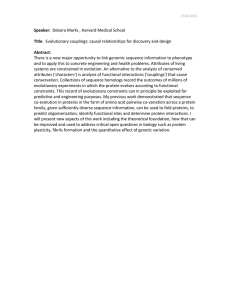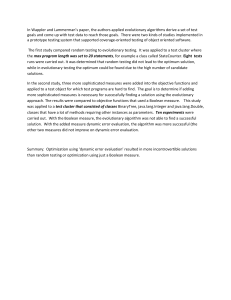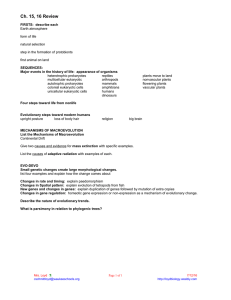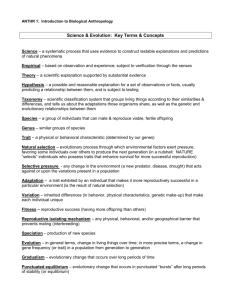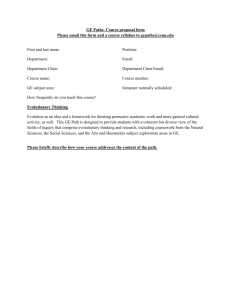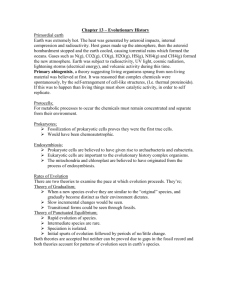Unit 3 Evolution Vocabulary List
advertisement
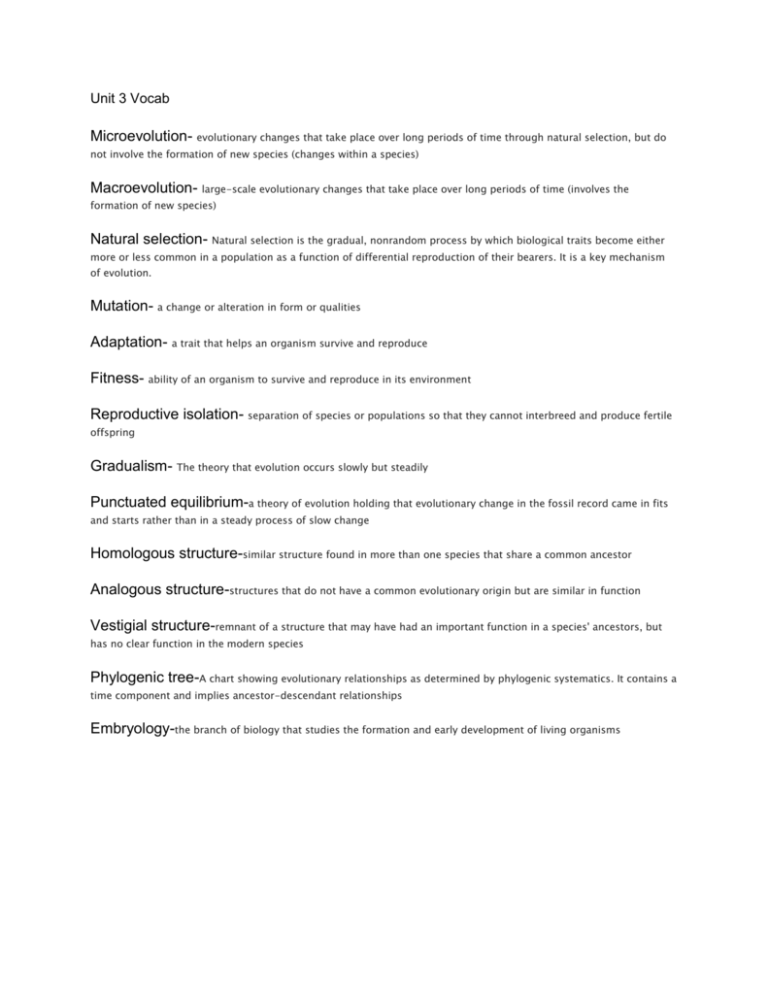
Unit 3 Vocab Microevolution- evolutionary changes that take place over long periods of time through natural selection, but do not involve the formation of new species (changes within a species) Macroevolution- large-scale evolutionary changes that take place over long periods of time (involves the formation of new species) Natural selection- Natural selection is the gradual, nonrandom process by which biological traits become either more or less common in a population as a function of differential reproduction of their bearers. It is a key mechanism of evolution. Mutation- a change or alteration in form or qualities Adaptation- a trait that helps an organism survive and reproduce Fitness- ability of an organism to survive and reproduce in its environment Reproductive isolation- separation of species or populations so that they cannot interbreed and produce fertile offspring Gradualism- The theory that evolution occurs slowly but steadily Punctuated equilibrium-a theory of evolution holding that evolutionary change in the fossil record came in fits and starts rather than in a steady process of slow change Homologous structure-similar structure found in more than one species that share a common ancestor Analogous structure-structures that do not have a common evolutionary origin but are similar in function Vestigial structure-remnant of a structure that may have had an important function in a species' ancestors, but has no clear function in the modern species Phylogenic tree-A chart showing evolutionary relationships as determined by phylogenic systematics. It contains a time component and implies ancestor-descendant relationships Embryology-the branch of biology that studies the formation and early development of living organisms




